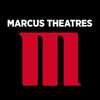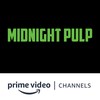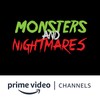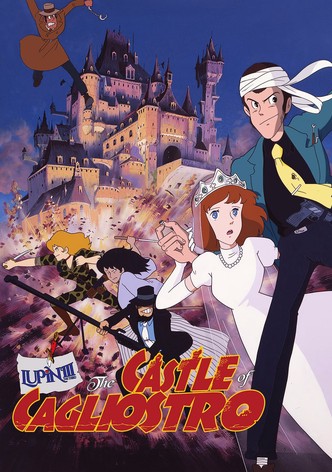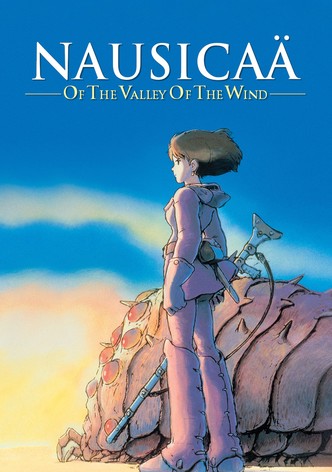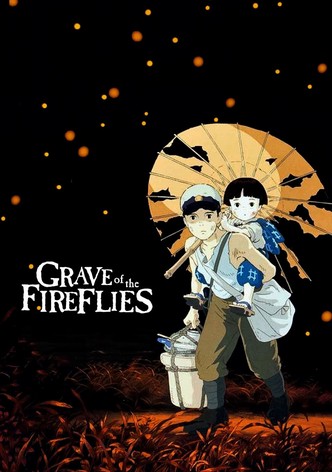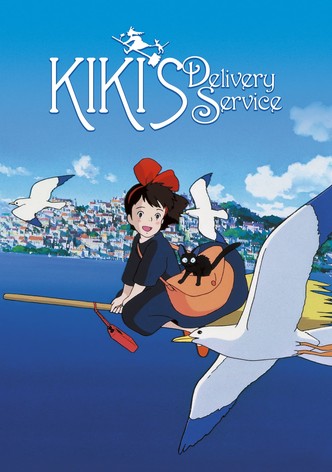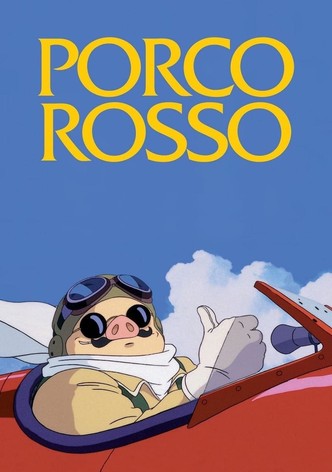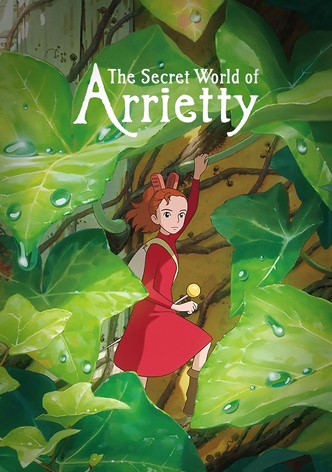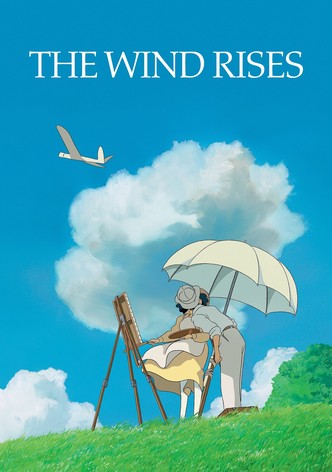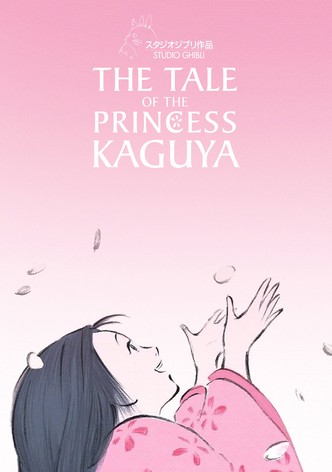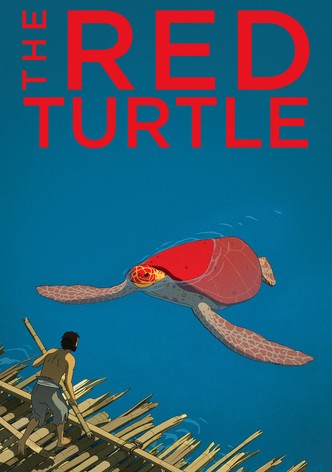In the world of anime, there are animation studios, and then there’s Studio Ghibli. While it’s not the oldest anime production company in the business today, thanks to titles like Spirited Away (2001), Princess Mononoke (1997), and Howl’s Moving Castle (2004), it’s the one that most Westerners are familiar with. Whether you watched Studio Ghibli movies on Toonami in the 2000s or discovered its library on HBO Max, it is one of the most beloved animation studios in the world. It even won Oscars for its films!
Most anime fans love Ghibli for its painstaking attention to detail and its whimsical characters and worlds. No matter how you slice it, nothing can really compare to the naturalistic beauty of a Studio Ghibli movie, and no amount of AI programs can replicate how human and soft they feel. While you may know the studio for its big hits, its library spans nearly half a century worth of titles, many of which have become overlooked. So, with Ghibli Fest 2025 currently underway, let’s take a look at 10 Studio Ghibli films that are the most underrated, presented in chronological order.
Lupin III: The Castle of Cagliostro (1979)
To some, Lupin III: The Castle of Cagliostro isn’t considered a Ghibli movie because it was released before the studio's foundation. However, Hayao Miyazaki directed it, and the film would unite many of the core creative talents that would eventually establish Studio Ghibli, so I consider it to be an important part of Ghibli’s history.
Lupin III: The Castle of Cagliostro is a simple movie in a lot of ways, filled with many classic adventure tropes like saving a princess and discovering a lost civilization. However, that simplicity is what makes The Castle of Cagliostro such a fun adventure, with a lighthearted tone that channels a dapper gentleman thief aura that is a bit more sanitized than other interpretations of Lupin III. While it may not be 100% accurate to the franchise, it makes the film great for families looking for an adventure, especially for those searching for something similar to The Bad Guys (2022).
Nausicaa of the Valley of the Wind (1984)
Another technicality for the same reasons as The Castle of Cagliostro, Nausicaa of the Valley of the Wind is a much more ambitious film for Miyazaki. Unlike his last film, this is an original film for Miyazaki, and he went to great lengths to depict how dire everything is. It’s a coming-of-age story about a princess, Nausicaa, attempting to prevent the reactivation of a weapon of mass destruction capable of annihilating the world.
The amount of lore present in Nausicaa is impressive, with a lot of its themes and ideas serving as direct inspiration for Princess Mononoke, Nadia: The Secret of Blue Water (1990), and Mushi-Shi (2005). The film manages to stand apart from other fantasy anime thanks to its giant monsters. These creatures, whether they be mechanical, natural, or something in between, are striking and make the climax as memorable as it is. If you like Princess Mononoke but wish that it were a bit more straightforward, then Nausicaa of the Valley of the Wind is perfect for you.
Grave of the Fireflies (1988)
Grave of the Fireflies is a tough watch. It’s one of the most down-to-earth and realistic depictions of post-World War II Japan out there, and it makes sure you’re aware of how brutal war can be. It doesn’t focus on the impact of nuclear war, like in the equally gruelling Barefoot Gen (1983), or the brutality of warfare that has become the mission statement of the Gundam franchise. Instead, it’s similar to Godzilla Minus One (2023) since it’s about what comes after and how people cope with the aftereffects of war.
The focus is on two children, Seita and Setsuko, as they attempt to find a way to survive on their own following WWII, and it’s gut-wrenching to watch solely because of what happens to them. The suffering they experience is hard to see, and there’s very little joy they experience, leading to a sad, but inevitable, conclusion. That being said, Grave of the Fireflies is so wonderfully executed that you have to respect Studio Ghibli for producing such a frank look at the horrors of war and how it impacts people. It’s not for the faint of heart, but it’s a great anti-war movie.
Kiki’s Delivery Service (1989)
This may be the most well-known underrated Studio Ghibli film because those who have seen Kiki’s Delivery Service love it. I should know, because I’m one of them. When I was young, I would watch this movie on repeat on my VHS and couldn’t get enough of it.
Like The Castle of Cagliostro, it’s a simple movie, but instead of telling a huge adventure, it focuses on a little witch just living her life in a small town. There’s very little conflict in the film, channeling that slice-of-life energy that would become commonplace decades later, as we watch Kiki fly her broomstick, make deliveries, and play with her cat. It’s the definition of a cozy movie, and it’s perfect for anyone who wants to take a load off and just relax. If you love anime like Flying Witch (2016), Mary and The Witch’s Flower (2017), or even Frieren: Beyond Journey’s End (2023), check this one out!
Porco Rosso (1992)
Studio Ghibli rarely does comedies, but Porco Rosso can easily be classified as one. Its premise is silly, as we follow a gruff pig captain as he gets into dogfights, tries to win the heart of his close friend, and evades the Italian Air Force.
There’s a sense of adventure in Porco Rosso not dissimilar from Castle in the Sky (1986), or even The Rocketeer (1991) and Top Gun Maverick (2022). Porco loves to fly, and those scenes where he’s just soaring the Italian skylines are magical. It’s pretty obvious from those moments that Miyazaki loves aviation and goes to great lengths to make those scenes look as good as they do. Plus, thanks to its small but lovable cast of characters like Porco, his rival Curtis, and Porco’s assistant Fio, the chemistry between them is rock solid, making this a great adventure movie for those looking for something on the lighter side but with a snarky edge.
The Cat Returns (2002)
Who doesn’t love cats? Someone at Studio Ghibli clearly does because The Cat Returns is filled to the brim with anthropomorphic cats and is an easygoing fantasy adventure to boot. In it, a young woman named Haru is taken to a kingdom of cats and has to try to escape a forced marriage between her and the prince of cats, Lune, with the assistance of the mysterious Cat Bureau.
Many people were probably scared away from The Cat Returns because it is technically a spin-off of another Ghibli film called Whisper of the Heart (1995). However, don’t let that stop you from watching it, since the only thing you need to know from that movie is that the main character of The Cat Returns, Baron Humbert von Gikkingen, is featured in it. The Cat Returns is a fun and cheery film, with even the most serious moments coming across as fairly silly, and the bright colors really do pop when compared to some of Ghibli’s earlier library. If you liked The Princess Bride (1987) and want another fun adventure like it, then The Cat Returns will probably scratch that itch.
The Secret World of Arrietty (2010)
There’s a real sense of magic and wonder to every shot of The Secret World of Arrietty. Every scene has a painterly charm to it, where even a cozy cottage is a fantastical world ripe for exploration.
There’s not a whole lot of plot to Arrietty, which instead focuses on being an animation showcase for Ghibli. The art direction is to die for here and helps to make the story feel like a classic fairy tale come to life. It’s a quiet and contemplative movie that doesn’t have a lot of action in it, but it’s a story that doesn’t need action. It’s like if Kiki’s Delivery Service was crossed with Anne Shirley (1979). There’s a certain magic and nostalgic charm in watching Arrietty, but the beauty of the film is most felt in the smaller aspects of everyday life it depicts. It’s not a complicated movie, but it isn’t trying to be. It’s a brisk 94 minutes of serene cottage life that will make you want to rent a cabin in the woods.
The Wind Rises (2013)
In a lot of ways, The Wind Rises is the embodiment of Hayao Miyazaki as a director. Unlike his earlier films, The Wind Rises is a biopic about a World War II aeronautical engineer, giving the film a unique flavor when compared to the rest of the studio’s library. Yes, Miyazaki has adapted stories before, but nothing that was rooted so firmly in reality.
Miyazaki painstakingly animates every single plane featured in the film, giving aviation enthusiasts something to fawn over. It’s also a surprisingly mature movie that is layered with plenty of depth, delving into topics like legacy, nature, and the corruption of art and beauty. Because of that, it occupies the same space as The Hunchback of Notre Dame (1996) and Fantastic Mr. Fox (2009). Yes, families can watch it, but only adults will truly appreciate it for what it truly is. The Wind Rises is a perfect encapsulation of Miyazaki as a creator and is worth watching just to get a glimpse of his core beliefs.
The Tale of Princess Kaguya (2013)
Whenever you think of Studio Ghibli, the studio’s signature character designs and art style are often among the first things that come to mind. The Tale of Princess Kaguya forgoes the studio’s signature style and instead animates the film like a watercolor painting, much like Loving Vincent (2017).
For those who love Japanese folklore, it’s also a fairly accurate telling of the myth of the Bamboo Cutter, one of the most popular stories from the country. It’s a film that puts its artistry first, which may have resulted in it not being quite as popular as some of the more energetic movies Ghibli is known for. Still, it manages to command attention from its stunning animation alone. This results in, and I mean this without hyperbole, some of the best animated sequences ever produced, anime or otherwise. It is a hefty watch at 137 minutes, but if you had to see one Studio Ghibli film from this list, make it The Tale of Princess Kaguya.
The Red Turtle (2016)
No one would blame you if you had never heard of The Red Turtle. While technically a Studio Ghibli film, most of the creative staff are French, as are the numerous animation studios that came on to assist production. Not only that, but neither of the main figures at Studio Ghibli—Hayao Miyazaki and Isao Takahata—directed it, making it a huge outlier in the company’s library.
Whether that makes this a true Ghibli movie is irrelevant because The Red Turtle continues a lot of the same ideas that the studio is known for. Naturalistic beauty? Check. A simple yet thought-provoking narrative? Check. However, it does have its own specific quirks that make it stand out, like how the film is actually a silent movie. It’s also a decade-spanning story that dabbles in romance, making it highly unconventional. The world needs more unconventional animated movies, so The Red Turtle’s existence is appreciated.
























































































































































































































